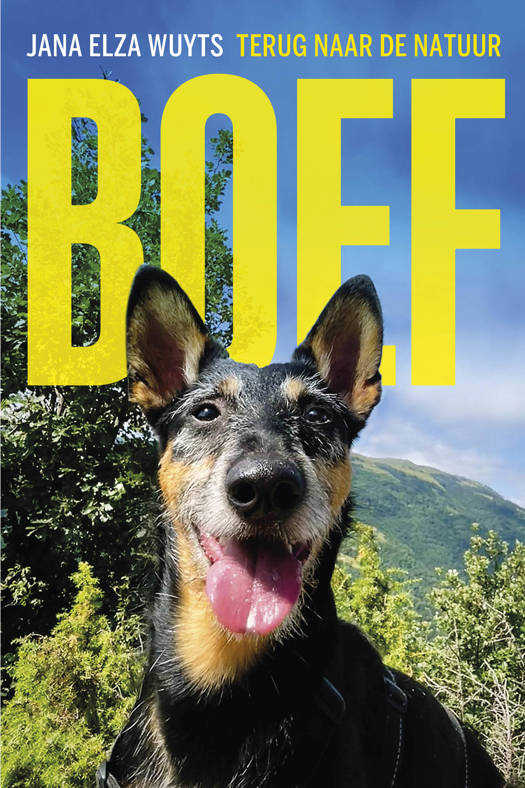
- Afhalen na 1 uur in een winkel met voorraad
- Gratis thuislevering in België vanaf € 30
- Ruim aanbod met 7 miljoen producten
- Afhalen na 1 uur in een winkel met voorraad
- Gratis thuislevering in België vanaf € 30
- Ruim aanbod met 7 miljoen producten
Surface Engineering
Surface Modification of Materials
€ 504,24
+ 1008 punten
Omschrijving
Over the last few years there has been increasing need for systematic and straregically designed experiments of surface morphology evolution resulting form ion bombardment induced sputtering. Although there is an impressive number of investi- gations {1} concerned with semiconductor materials as a result of immediate applications, the most systematic investigations have been conducted with fcc metals with particular interest on single crystal Cu {2,3}. Evidence now exists that within certain para- meters (i. e ion species (Ar+), ion energy (20-44 KeV), substrate 2 temperature (80-550° K), dose rate (100-500 gA cm- ), residual x 5 9 pressure (5 10- to 5x10- mm Hg) and polar and azimuthal angle of ion incidence {4} reproducible surface morphology (etch pits and pyramids) is achieved on the (11 3 1) specific crystallographic orientation. The temporal development of individual surface features was alsoobserved in this laterstudy {4}, by employing an in situ ion source in the scanning electron microscope at Salford, a technique also empolyed in studies of the influence of polar angle of ion incidence {5} and surface contaminants {6} on the topographyof Ar+ bombarded Si. Studies have also been made on the variation of incident ion species with the (11 3 1) Cu surface and it was fully recognized {7} that residual surface contaminants when present could playa major role in dictating the morhological evolution.
Specificaties
Betrokkenen
- Uitgeverij:
Inhoud
- Aantal bladzijden:
- 764
- Taal:
- Engels
- Reeks:
- Reeksnummer:
- nr. 85
Eigenschappen
- Productcode (EAN):
- 9789400962187
- Verschijningsdatum:
- 15/10/2011
- Uitvoering:
- Paperback
- Formaat:
- Trade paperback (VS)
- Afmetingen:
- 156 mm x 234 mm
- Gewicht:
- 1070 g

Alleen bij Standaard Boekhandel
+ 1008 punten op je klantenkaart van Standaard Boekhandel
Beoordelingen
We publiceren alleen reviews die voldoen aan de voorwaarden voor reviews. Bekijk onze voorwaarden voor reviews.








